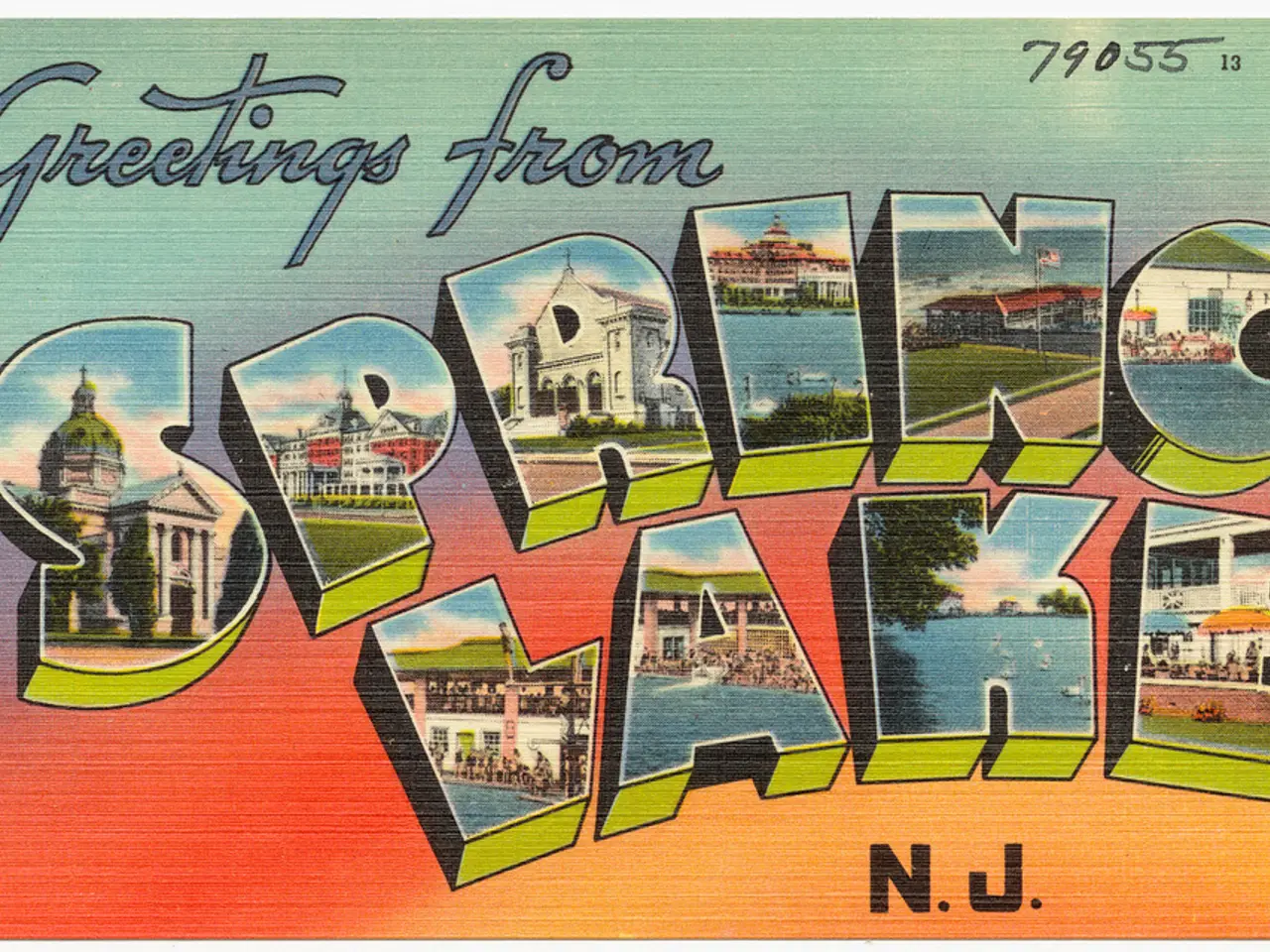Navigating the Friendship Highway En Route to Mount Everest in Tibet
Traveling to Mt. Everest Base Camp (EBC) in Tibet has become a more accessible and comfortable experience compared to two decades ago, thanks to improvements in infrastructure, road conditions, and safety measures.
The Friendship Highway, the route to EBC, is now completely paved and in excellent condition, making the journey smoother and more comfortable than before. The section from Saga to Everest Base Camp, for instance, is mostly asphalt and well-maintained, a significant improvement from the rougher and less reliable roads of the past [2].
The route, which includes stops at key locations such as Tingri and Shigatse, is now equipped with higher safety standards after recent inspections following the 2025 earthquake, ensuring safer travel for visitors [1]. Over the years, infrastructure developments and more organized tour operations have enhanced accessibility.
One of the highest cities in the world, Lhasa, can make it difficult to adapt, slowing down one's pace significantly. However, the journey's challenges are part of the adventure, as travelers make their way towards the Roof of the World [4].
The journey to EBC includes crossing two high passes, Kamba La (15,420 feet) and Karo La (16,522 feet) [3]. Along the way, travelers can marvel at the breathtaking views of five of the world's highest peaks: Everest, Lhotse, Makalu, Cho Oyu, and Shishapangma [5].
Accommodations along the route are varied. At Rongbuk Monastery, the location of EBC since its relocation in January 2019 to clean and safeguard the fragile eco-system, visitors can stay at a basic guest house or pitch tents [6]. The guest house is run by a handful of monks and nuns [7].
To enter Tibet, travelers require a China visa (which can be applied for independently) and a Tibet visa [8]. All travelers are also required to board eco-friendly buses for the final 25-minute ride to EBC [9].
The Friendship Highway journey includes multiple military checkpoints [10]. Along the way, travelers can encounter hundreds of Buddhist worshipers prostrating themselves in front of the holy Jokhang Temple in Barkor Square in Lhasa [11]. Thousands of colorful prayer flags mark the passes along the Friendship Highway [12].
As travelers reach the base camp, they are reminded of the challenges that lie ahead for climbers, as only those with a permit are allowed to go further, and only 300 permits are issued per year [13]. The journey to the summit of Mt. Everest remains a testament to human endurance and determination.
References:
[1] The Friendship Highway: A Journey Across Tibet
[2] The Friendship Highway: A Modern Marvel
[3] Everest Base Camp: A Guide for First-Time Visitors
[4] Lhasa: Adapting to the High Altitude
[5] The Five Highest Peaks in the World
[6] Rongbuk Monastery: A Basic Home Away from Home
[7] Rongbuk Monastery: The Heart of Everest Base Camp
[8] Traveling to Tibet: Visa Requirements
[9] Eco-Friendly Travel to Everest Base Camp
[10] Military Checkpoints Along the Friendship Highway
[11] Lhasa: Barkor Square and the Jokhang Temple
[12] Prayer Flags Along the Friendship Highway
[13] Climbing Mt. Everest: The Permit Process
The Friendship Highway, now featuring a smooth and well-maintained asphalt road, offers an adventure-travel experience as one journeys towards the Roof of the World, with the journey being equipped with higher safety standards. Travelers can appreciate the lifestyle aspect of this adventure by staying at basic guest houses or pitching tents at Rongbuk Monastery, the location of Everest Base Camp.




